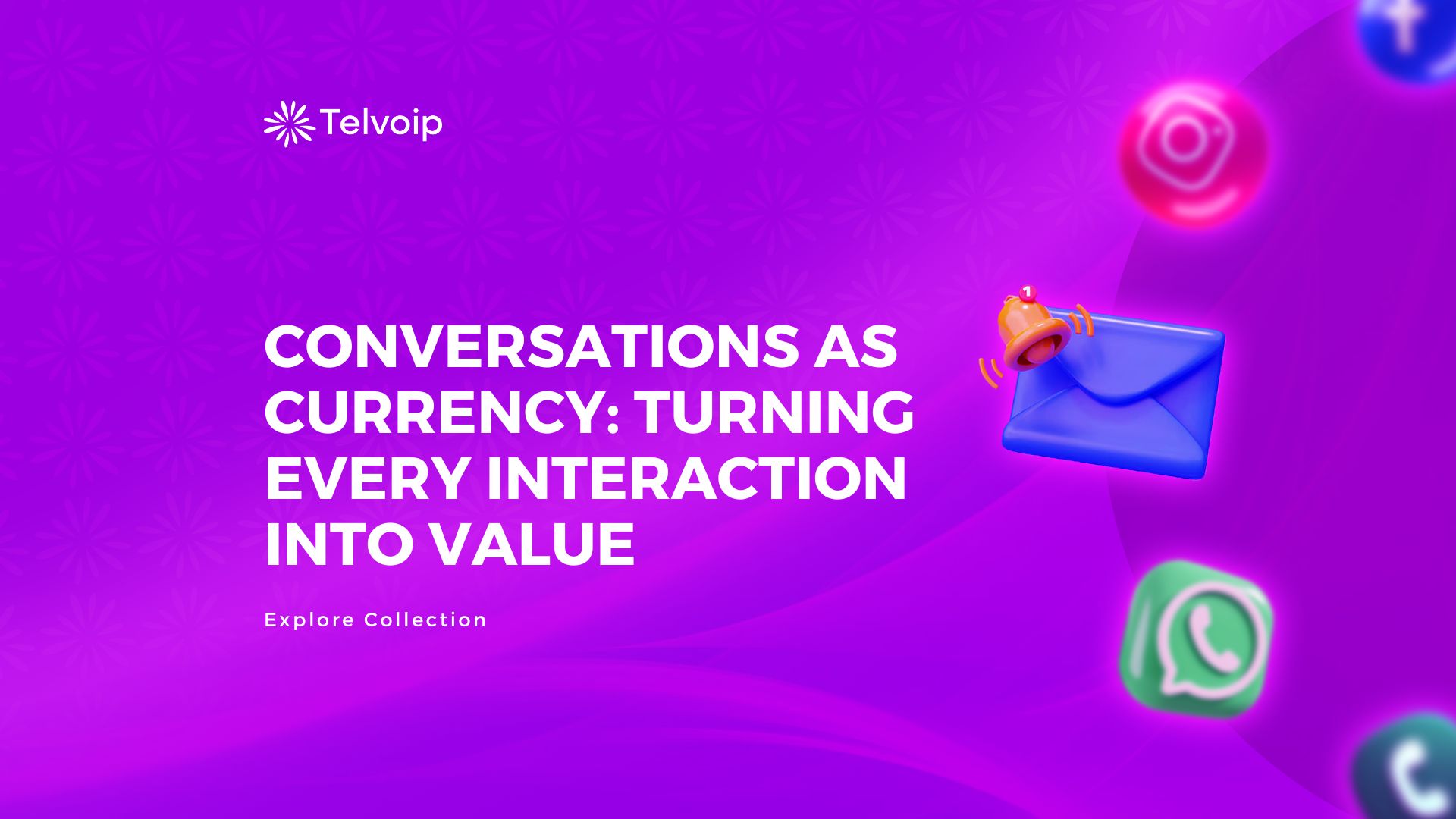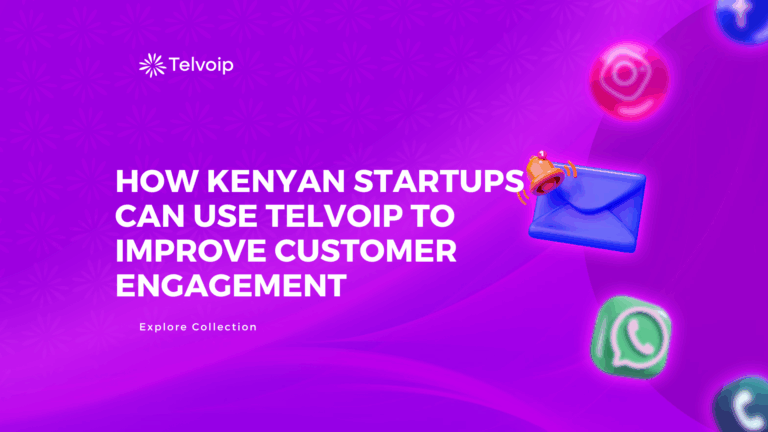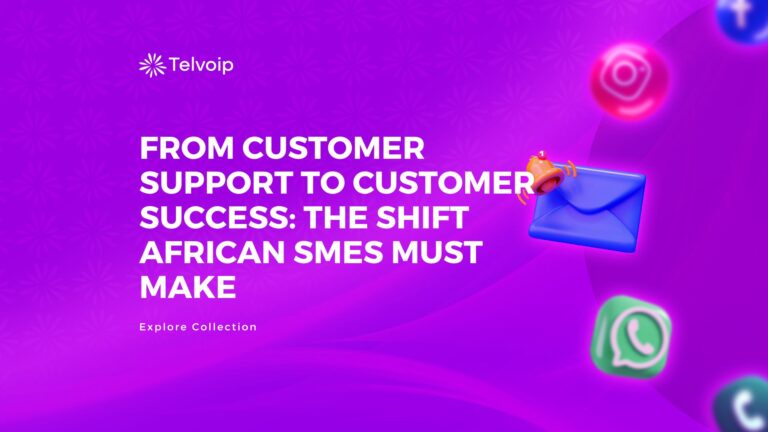Table of Contents
ToggleCustomer conversations are no longer routine support tasks; they are undervalued assets hiding in plain sight. Too often, calls, chats, and emails are treated as costs to trim rather than strategic levers for growth. This narrow view overlooks the fact that every interaction carries the potential to build loyalty, prevent churn, and surface new revenue opportunities when guided by the right tools and mindset.
With conversation intelligence, what once appeared as overhead becomes a source of financial dividends. Each exchange becomes more than a resolution; it becomes a transaction of trust and data that fuels long-term value.
In this article, we reframe conversations through the lens of finance and strategy. We examine the risks of undervaluing dialogue, uncover the dividends hidden in customer data, and show how forward-looking organizations, with the help of Telvoip, are redefining conversations as a measurable business asset.

The Old Model Narrative of Conversations as Cost Centers
For decades, customer service was managed under a simple philosophy of handle, close, and move on. Success was measured by how quickly an issue could be resolved and at the lowest possible cost. Metrics such as cost-per-call, average handle time, and resolution rates dominated reporting, and while these numbers are useful for operational efficiency, they undervalue support conversations.
When organizations only view interactions as expenses, they miss what is hidden beneath the surface. Every call carries signals that point to upselling opportunities, turnover risks, or reputational damage. Dismissing calls as routine costs is equivalent to ignoring market research delivered directly by the customer.
From the perspective of a CFO, this old model appears logical. Calls are logged as expenses, and customer support becomes a cost line to minimize. This mindset is misguided because reducing conversation to a drain on resources misses the potential of maximizing CX as a revenue engine. Besides being limited, the old model is costly in the long run.

The Financial Lens of Conversations as Currency
To appreciate the real value of conversations, it is essential to look through the financial lens of customer lifetime value (CLV). CLV is the net profit a business earns from a customer across the entire duration of their relationship. Unlike customer acquisition cost (CAC), which measures the expense of winning new customers, CLV focuses on retention and growth.
Studies consistently show that keeping an existing customer costs far less than acquiring a new one, yet churn continues to be the silent killer of CLV. Each time a customer leaves due to poor support or unresolved frustration, the organization loses years of potential revenue.
Conversations function as the transactions that sustain CLV, because a single resolved complaint can lead to years of loyalty and repeat purchases. Every conversation either adds to or subtracts from a company’s balance sheet of brand equity.
The analogy becomes clearer when compared to finance.
- Balance sheet: Every interaction adds to or detracts from brand reputation and customer goodwill.
- Return on investment: The cost of a single call should be measured against the lifetime value of a retained customer, not against operational budgets alone.
- Dividends: Positive interactions generate referrals, repeat business, and word-of-mouth advocacy that compound over time.
Consider a customer who calls in frustration about a defective product. If the call is treated as a support ticket, it will be resolved quickly; when viewed through the financial lens, it is a revenue opportunity. If the agent resolves the issue empathetically and efficiently, the customer not only stays but is likely to share their positive experience with others. The return on that one call far outweighs its immediate cost.
Conversations are therefore not just support activities; they are deposits into a customer relationship bank account that pays dividends in retention, loyalty, and advocacy.

The Data Dividend: Conversations as Strategy Inputs
Beyond their immediate impact on customer loyalty, conversations hold another form of value: data. Every call, email, or chat captures insights about customer pain points, buying signals, and unmet needs. Left unexamined, this data evaporates into thin air. Captured and analyzed, it becomes a powerful driver of strategy.
Research shows that companies that integrate customer conversation data into decision-making grow at twice the rate of their competitors. The reason is straightforward. Conversations are the most direct and unfiltered window into the customer’s world.
This data reshapes strategy in several ways:
- Product development: Customers often articulate missing features or improvements during support calls. Tracking these patterns highlights the roadmap priorities that matter most to the market.
- Marketing messaging: The language customers use when describing their needs is more authentic than what a marketing team can brainstorm. Embedding customer vocabulary into campaigns increases resonance and conversion.
- Revenue strategy: Upsell and cross-sell triggers emerge naturally during conversations. Analyzing these moments reveals the conditions where additional revenue opportunities appear.
A Telvoip client once discovered that an overlooked product line was generating consistent inquiries during support calls. By capturing and analyzing this data, the company repositioned the product, increased its visibility, and ultimately created a top-selling category. None of this would have been possible without treating conversations as a goldmine of strategy inputs.
When organizations harvest the data dividend of conversations, they no longer see them as simple exchanges but as the most reliable market intelligence available.

The Cost of Ignoring Conversation Equity
Ignoring the value of conversations comes with a steep price. Companies that continue to treat customer dialogue as an expense rather than an asset consistently undervalue what they are losing.
- Missed Signals of Dissatisfaction: Unresolved complaints or repeated frustrations often foreshadow churn, but without systems in place to capture and analyze these warnings, organizations remain blind until it is too late.
- Overlooking Competitor Insights: Customers often mention alternative providers during support interactions. Ignoring these signals prevents companies from understanding competitive threats in real time.
- Failure to Detect Demand: Customers frequently articulate needs that are not being met. Without analysis, these insights disappear, leaving opportunities unclaimed.
Over time, neglecting customer dialogue erodes valuation. Investors and boards increasingly value customer retention and brand loyalty as strategic assets. Companies that fail to build equity through conversations not only lose customers but also weaken their standing in the marketplace.

Telvoip POV: Making Every Conversation Count
This is where Telvoip transforms the equation, positioning itself as the enabler of conversation equity, ensuring that no interaction is wasted.
Our approach can be understood through three pillars:
- Tracking: Every call, email, and chat is captured and logged across channels. Fragmented systems and siloed data are replaced with a unified view of all conversations.
- Analysis: Artificial intelligence and intuitive dashboards transform raw exchanges into actionable insights. Instead of word-for-word feedback, leaders gain measurable data that connects customer sentiment to business outcomes.
- Monetization: With insights in hand, teams are coached and empowered to upsell, improve retention, and prevent churn. Conversations are no longer only about problem-solving. They become structured opportunities to grow revenue.
The real-world applications are apparent:
- Organizations reduce churn rates by identifying dissatisfaction early and addressing it before customers leave.
- Revenue increases through targeted upselling and cross-selling opportunities identified during natural customer interactions.
- Staffing efficiency improves as teams are allocated based on actual conversation volumes and needs, reducing overhead costs.
Telvoip reframes support from a reactive function into a proactive growth engine. Instead of waiting for problems, companies anticipate them, resolve them quickly, and convert them into loyalty. In this model, every conversation counts toward measurable financial outcomes.

From CX to CFO: Speaking the Language of Finance
Customer experience teams often face a translation problem. They speak the language of empathy, satisfaction, and experience, while CFOs and boards speak the language of numbers, returns, and financial levers. Bridging this gap is critical for elevating customer experience to the boardroom agenda.
Telvoip acts as the translator, linking customer experience metrics such as Net Promoter Score (NPS), Customer Satisfaction (CSAT), and retention directly to financial outcomes. Instead of reporting on soft metrics, organizations can show that a 10-point increase in retention translates into percentage gains in revenue.
For example, comparing cost-per-call with the lifetime value created by retaining a customer reframes the conversation from expense management to investment returns. A CFO does not need to hear that customers are “happier.” What they need to hear is that a 12% increase in retention contributed an 8% lift in revenue.
This is the boardroom angle that matters. Customer conversations become financial levers, not operational anecdotes. With Telvoip, CX teams are equipped to speak directly to CFO priorities and secure investment in customer-focused strategies.

Conversations as Assets on the Balance Sheet
Looking ahead, the concept of conversation equity is set to become more formalized. Companies are beginning to recognize that customer interactions are not merely service events but measurable business assets.
Several trends point to this future:
- Conversation equity as an asset class: Organizations may soon treat conversation value as a reportable metric similar to brand equity.
- Blending of functions: Customer support, sales, and strategy will merge into a single pipeline where conversations fuel every stage of growth.
- Global scale with AI: Artificial intelligence will enable companies to capture and analyze millions of interactions across markets, producing insights that scale without limits.
Forward-looking organizations are already moving in this direction. They treat conversations as their most liquid asset, capable of producing immediate returns and long-term growth. The future balance sheet may well include a line for conversion equity, reflecting the measurable contribution of interactions to enterprise value.

Takeaway
Every interaction is either a debit or a credit. It subtracts value when dismissed as a cost or adds value when captured, analyzed, and acted upon. The companies that will lead in the coming decade are those that treat conversations as compound interest in customer relationships.
The key is not simply to have conversations but to ensure they are harnessed for measurable outcomes. This requires the right systems, analytics, and coaching to transform words into revenue. Telvoip unifies communication channels, applies intelligence, and equips teams to act, helping organizations shift from reactive support to proactive growth. Book a demo today and see how every conversation can start paying dividends.








